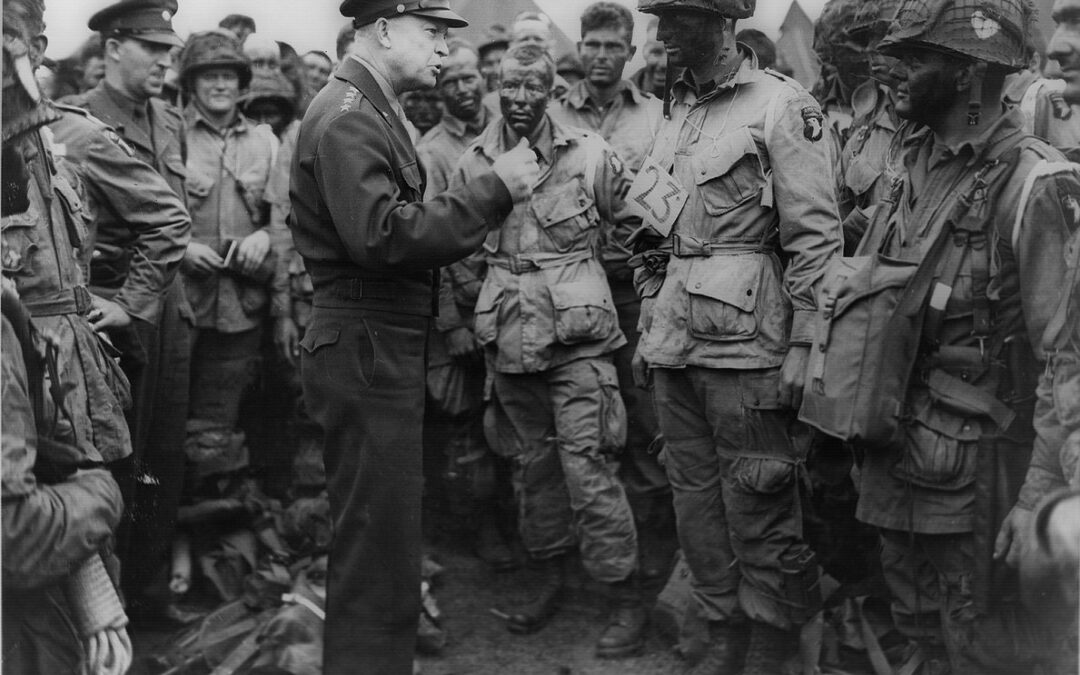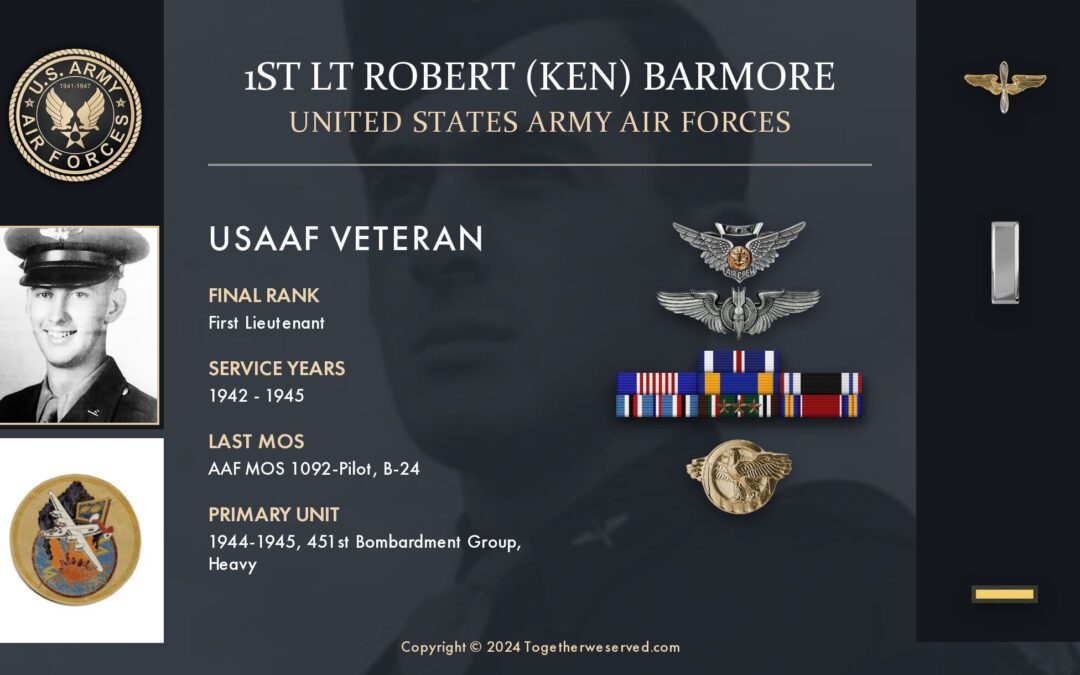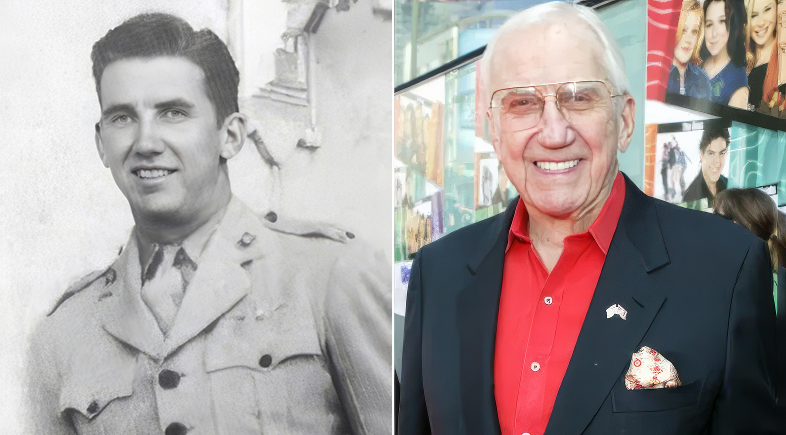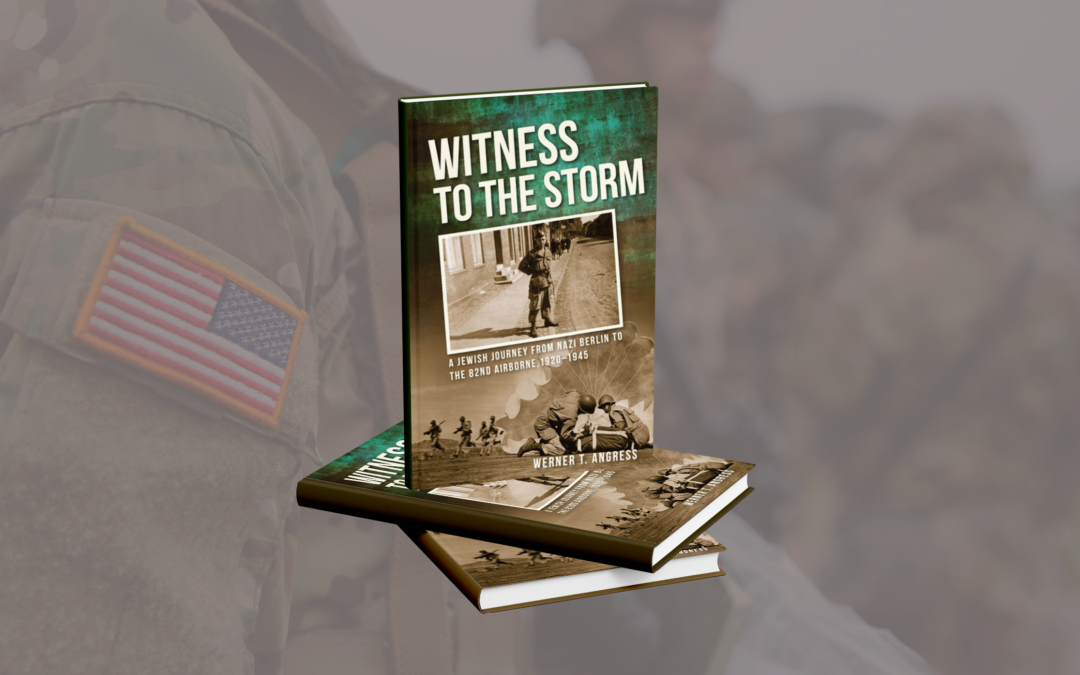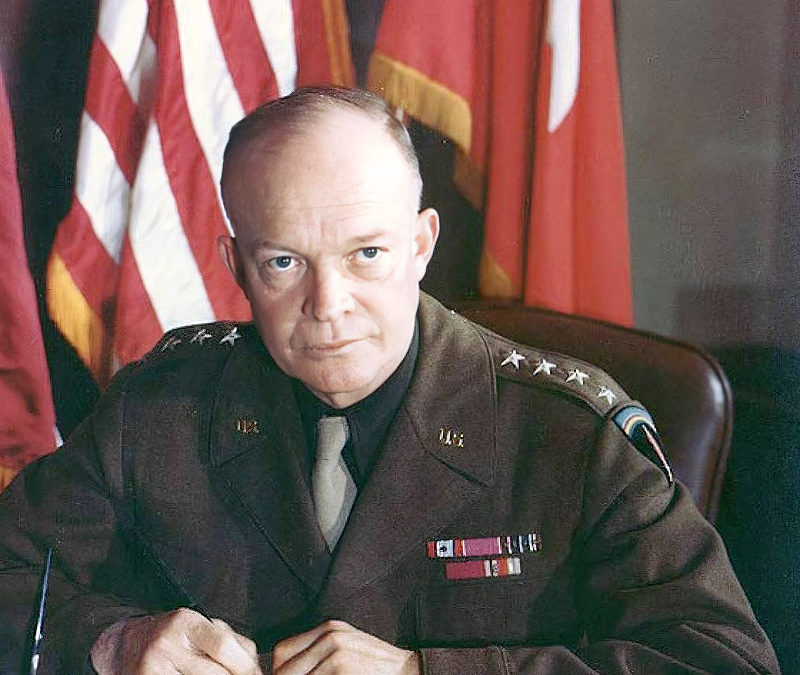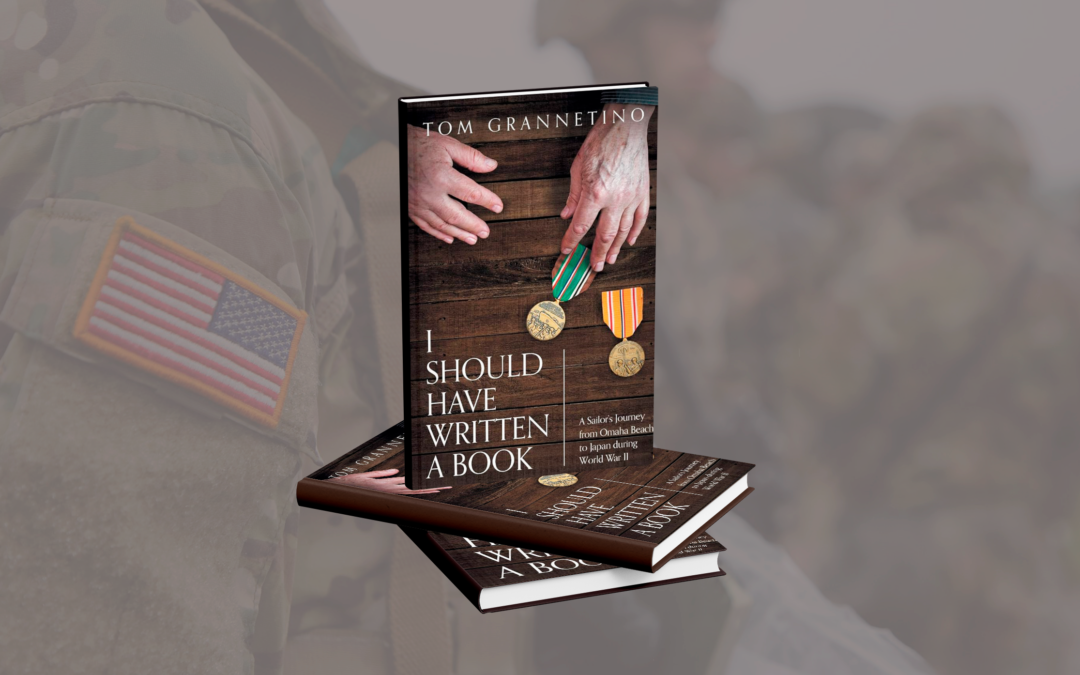The amphibious landings of D-Day were hours away when the first combat missions by the US Army started in France. The Normandy invasion, also called Operation Overlord or D-Day, began with a large-scale parachute drop that included 13,100 Soldiers of the 82nd and the 101st Airborne Divisions. During the night in the early hours of June 6th, 1944, the attack occurred and was the vanguard of the Allied operations in Normandy. What Was the Mission of the US 101st and 82nd Airborne Divisions on D-Day? The troops were all part of the United States VII Corps assigned to capture Cherbourg, the coastal city in Normandy, and thus project power across the strategically essential Cotentin Peninsula. With Cherbourg secure, it could serve as a supply port for the Allied troops after the landing. They were also tasked with a specific mission: to block approaches into the vicinity of the amphibious landing at Utah Beach, to capture causeway exits off the beaches, and to establish...
